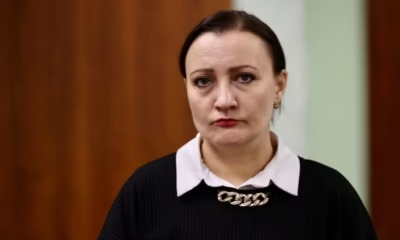Google restricted access to channels like RT and Sputnik, a move Moscow claims undermines its state media. Now, with this impossible fine—equivalent to $2.5 trillion trillion trillion—Google finds itself at the center of a financial and diplomatic stand-off that defies conventional business penalties.
Read More:
Microsoft, DOJ seize 100 Russian cybercrime websites
Google commits $5.8 million to boost AI skills across Sub-Saharan Africa
The sheer scale of the penalty has stunned economists, with experts scrambling to find a precedent. Google, which posted a profit of $73.7 billion last year, would need over 33.8 quintillion years of earnings to pay off the debt—assuming the debt didn’t continue to double every day, as the ruling demands if left unpaid. And if the entire global economy, valued at $105 trillion, were diverted to pay the fine, it would still fall laughably short.

Though impossible to enforce globally, this astronomical fine sends a bold signal from Moscow: Big Tech companies, which have long been symbols of free speech and censorship resistance, are now facing unprecedented pressure from state governments.
The fine itself was born from private complaints by Tsargrad TV and RIA FAN, which were first blocked due to U.S. sanctions, later escalating into a government matter after the Ukraine invasion.

In an X (formerly Twitter) post, Nigel Gould-Davies of the International Institute for Strategic Studies noted the fine is “an ins@ne number,” stating it would take the output of the entire global economy multiplied every day since the start of the universe just to pay off 3% of it.
For Google, which recently declared its Russian subsidiary bankrupt due to government asset seizures, the fine poses a question beyond money—one of principle, as tech companies grapple with the cost of standing up to state censorship.
For now, Google remains accessible in Russia, but as Moscow tightens its grip on content, this decillion-dollar fine is a stark reminder of the escalating clash between Big Tech’s influence and state-controlled narratives.


































